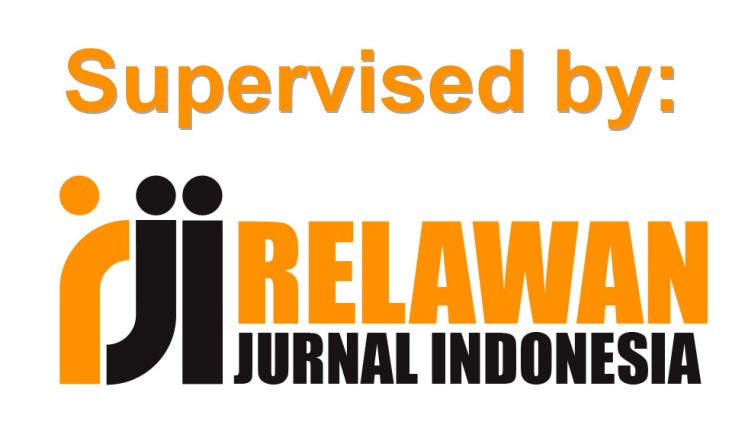METODE K-MEANS DALAM PEMETAAN PENYEBARAN PAMSIMAS
Abstract
Program water supply and sanitation water the community (Pamsimas) is one of the government's mainstay programs in the provision of clean water and sanitation for rural and suburban communities through a community-based approach. With the effort to determine which villages are categorized as potential to receive financial assistance and no potential to receive APBN assistance for the installation of the project pamsimas. The aim is to establish a standard system for selecting Pamsimas villages to help government programs channel them to the right target. With the K-Means Clustering clustering method, this method is very suitable to be used in predicting and classifying which villages are categorized as potentials and does not have the potential to detect the state budget for the Pamsimas project installation. The data is taken interview and direct observation to the Pamsimas office which is the primary data and the criteria data in the form of village data and village connections are secondary data. The results obtained are the K-Means method can be applied clustering of Pamsimas Karanganyar village clustering which is useful to assist the selection of villages on target. By testing the functionality using a black box and testing the validity using the Rapidminer Software. In the mapping study, it was stated that 2 clusters were categorized as potential and not potential. For the results of a valid percentage of the Pamsimas application is 100%.
Keywords: Mapping, Pamsimas, Clustering K-Means.
Full Text:
PDFReferences
I. S. Ernawi, Pedoman Umum Pengelolaan Pamsimas. Jakarta Pusat: Sekretariat CPMU Pamsimas, 2013.
R. T. Vulandari, Data Mining Teori dan Aplikasi Rapidminer. Surakarta: Penerbit Gava Media, 2017.
E. Prasetyo, Data Mining - Konsep dan Aplikasi Menggunakan Matlab. Yogyakarta: ANDI OFFSET, 2012.
I. W. S. Wicaksana, Belajar Data Mining dengan Rapidminer. Jakarta: Remi Sanjaya.
T. M. Andriyani, L. Linawati, and A. Setiawan, Penerapan Algoritma Fuzzy C-means (FCM) pada Penentuan Lokasi Pendirian Loket Pembayaran Air PDAM Salatiga. Salatiga: UKSW Salatiga, 2013.
M. S. Fajar, Analisis Kecelakaan Lalu Lintas Jalan Raya di Kota Semarang Menggunakan Metode K-Means. Semarang: UNNES Semarang, 2015.
L. Iswari and U. I. Indonesia, Pemanfaatan Algoritma K-Means Untuk Pemetaan Hasil Klasterisasi Data Kecelakaan Lalu Lintas. Bandung: Universitas Islam Indonesia, 2016.
A. Zaqi and A. Kahfi, “Sistem Pengolah Data Mining Industri Sepatu Menggunakan Metode K-Means Clustering di Jawa Tengah,” no. Universitas Dian Nuswantoro, 2013.
T. Suprawoto, Klasifikasi Data Mahasiswa Menggunakan Metode K-Means Untuk Menunjang Pemilihan Strategi Pemasaran, vol. 1, no. 1. Semarang: Universitas Dian Nuswantoro, 2016.
Bayu Hendrayana, “Konsep Dasar Teknik Pengujian Perangkat Lunak,” Bandung: ITB Press, 2017
DOI: http://dx.doi.org/10.30646/tikomsin.v7i2.449
Refbacks
- There are currently no refbacks.
Editorial Office :
TIKomSiN : Jurnal Teknologi Informasi dan Komunikasi Sinar Nusantara
Published by STMIK Sinar Nusantara Surakarta
Address KH Samanhudi 84 - 86 Street, Laweyan Surakarta, Central Java, Indonesia
Postal Code: 57142, Phone & Fax: +62 271 716 500
Website: https://p3m.sinus.ac.id/jurnal/index.php/TIKomSiN
Email: tikomsin @ sinus.ac.id

This work is licensed under a Creative Commons Attribution-NonCommercial-ShareAlike 4.0 International License.










